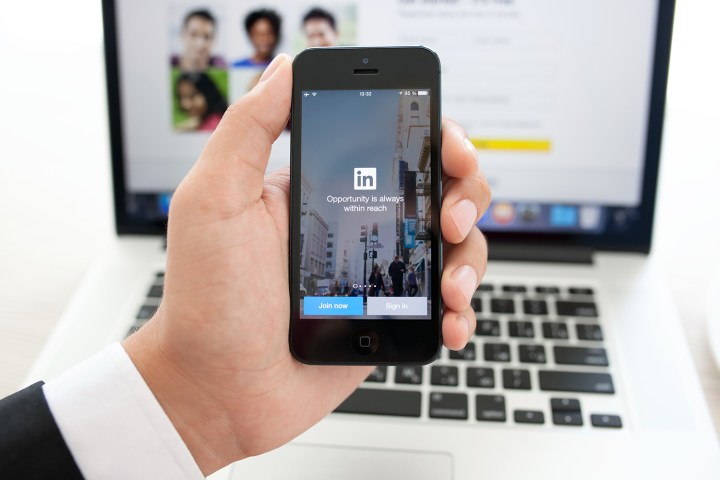
LinkedIn reported fourth quarter earnings that surpassed analysts’ estimates, but that didn’t stop the shares from falling in Thursday’s after-hours trading. The company expects revenues of $820 million and non-GAAP (generally accepted accounting principles) earnings of 55 cents per share, while Wall Street expected nearly $870 million in revenue and earnings of 75 cents per share. In addition, LinkedIn’s guidance for first quarter adjusted EBITDA (earnings before interest, taxes, depreciation and amortization) fell short of Wall Street’s expectations — by nearly $25 million.
“Our strategy in 2016 will increasingly focus on a narrower set of high value, high impact initiatives with the goal of strengthening and driving leverage across our entire portfolio of businesses,” LinkedIn CEO Jeff Weiner said. “Our roadmap will be supported by greater emphasis on simplicity, prioritization, and ultimate ROI and investment impact.”
LinkedIn’s share prices have fallen by nearly 50 percent so far in 2016. In the fourth quarter of 2015, LinkedIn’s revenue was 34 percent higher than it was for the equivalent period the year before. The company reported that it ended the year with 414 million members.
Hard times for LinkedIn are compounded by its announcement on Thursday that it will stop selling ads that appear outside its network, according to a report by Ad Age. It’s been just a year since the company began using technology that lets advertisers access user data and target LinkedIn news feeds, similar to what is done on Facebook and Twitter.
The company says it could lose $50 million in revenue, even though the upkeep and expansion costs of this type of marketing is very high. “While initial demand was solid, the product required more resources than anticipated to scale,” LinkedIn CFO Steve Sordello said.


